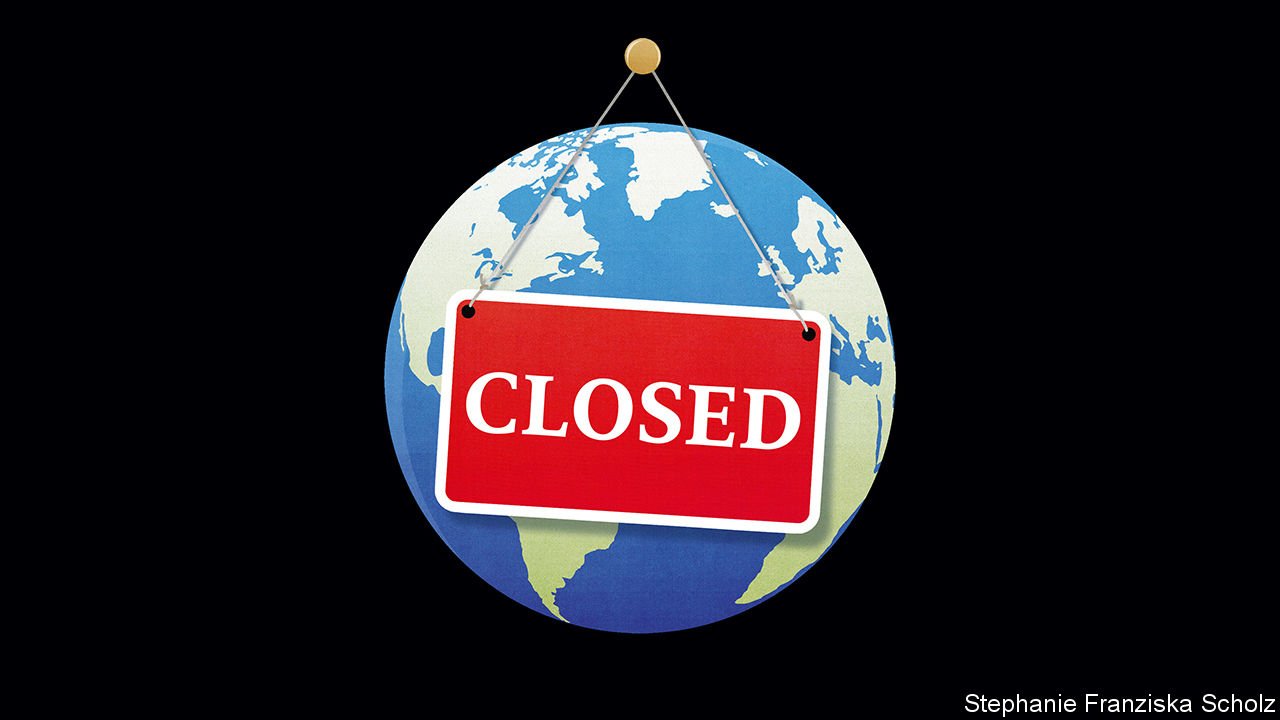
SAVING LIVES AND RESTORING LIVELIHOODS
Around the world, the hustle and bustle of daily life has come to a screeching halt. Cities have become ghost-towns and virtually every aspect of society has changed. Social distancing is the new catchphrase with elbow bumps replacing handshakes.
As governments double down on containing the fast-moving pathogen, the question on everyone’s lips is the same: When will life return to normal? While no one has a definitive answer, it’s clear that we need an exit strategy to lift the forced lockdowns and cease the curtailment of economic activity.
Any exit strategy requires input from both epidemiologists and economists as targeting coronavirus and reopening businesses are intertwined. We need to bring the contagion to heel and resuscitate national economies, but the public health response must come first – the wellbeing of citizens is paramount.
From a health perspective, the global imperative is to flatten the contamination curve. Every country is keen to join the few nations that have controlled the epidemic and are focusing on preventing a resurgence. Singapore is being held up as a model for achieving rapid control of the virus.
Arguably, the most important factor in the city-state’s fight against COVID-19 is that it had a pandemic response plan in place before the virus hit. This was developed in 2003 following the SARS outbreak and enabled Singapore to act pre-emptively and early.
Singapore did not impose drastic lockdown measures – schools, universities, workplaces, bars and restaurants remained open. Rather, the government introduced rigorous detection and strict quarantine of those found to be infected. It also moved early to ban incoming flights from the Chinese city of Wuhan, where the virus originated.
“Singapore has done everything right” said a former WHO infectious diseases expert. In contrast to Singapore, many other nations have had slow and fumbled responses and lost the ability to replicate Singapore’s rapid containment success. These nations must continue with their forced lockdown measures to break the COVID-19 transmission chain.
This begs the difficult question: When is it safe to relax these restrictions? Experts warn that easing shutdowns too early will inevitably result in the virus rearing its ugly head again. A second wave resurgence of infections might see the number of confirmed cases soar.
[NB: In early April, Singapore detected a potential second wave of infections and immediately cancelled mass gatherings and closed venues, places of worship and tuition centres.]
Governments and their health advisers are grappling with how to reduce social distancing measures and ease lockdowns without reigniting the virus and going back to square one. “We do have a big problem in what the exit strategy is and how we get out of this,” said Mark Woolhouse, Professor of Infectious Disease Epidemiology at the University of Edinburgh.
Canadian health expert, Assistant Professor Jason Kendrick of Manitoba University, cannot see daily life returning to normal until there is a vaccine and his view is supported by other experts. However, a vaccine is at least 12-18 months away, which is why Professor Woolhouse told the BBC that “waiting for a vaccine should not be honoured with the name ‘strategy’, that is not a strategy”.
A vaccine for COVID-19 will need to be administered to about 60 per cent of the global population to achieve “herd immunity”. This occurs when enough people have developed an immunity to the outbreak and vaccination is seen as the best way to safely develop herd immunity.
The policy of the WHO is to keep things clamped down until drugs and a vaccine are available. COVID-19 is too widespread and contagious to fade out on its own, so science will have to deliver immunotherapies. The pandemic has a firm grip on the world and there is no reset button that can make it disappear.
In the meantime, national governments are becoming increasingly concerned about the economic impact of keeping widespread restrictions in place. Economists fear that the worldwide economic downturn could be deep and lengthy. Commercial activity cannot return to normal while there are constraints on human interaction.
Authorities are caught between the urgent need to reboot economic activity and the ongoing need to contain the virus. With large swathes of the population unemployed and many businesses teetering on the brink of failure, rebuilding broken industries is a key economic goal of all governments.
China did not wait for a vaccine to be developed before it sent workers back to factory floors and construction sites. The majority of China’s workforce have returned to their jobs and manufacturing activity is beginning to ramp up. Malls and restaurants have re-opened to crowds.
The world is now watching to see if China can keep COVID-19 at bay. To date, China’s high-stakes experiment seems to be working – it appears to have successfully dampened the rate of new infections. But work life is very different in China’s post-virus economy. Fearing a resurgence in cases, the government – as reported in a TIME article – is taking a gradual approach:
Beijing’s city government is requiring that the number of people in each office be limited to no more than 50% of usual staffing levels. Protective face masks are required, and office workers must be seated at least 1 meter (3.3 feet) apart. Workers are not supposed to face each other when eating.
Similar measures have been implemented across China. As noted in another report:
… (office) workers enter in shifts staggered to minimize potential exposure. Infrared cameras and security staff check temperatures as they arrive, and their workspaces are decontaminated three times per day. Workers must wear masks at all times and are required to complete a daily health questionnaire. No more than six people are allowed in elevators; tape on the floor shows where to stand. Face-to-face meetings are discouraged, and people eat alone in the cafeteria using a cardboard “face shield,” to minimize risk when a face mask is removed.
Lifting lockdowns and getting people back to work is clearly a mammoth task and there is no one surefire way for it to be done. India is talking about a “staggered re-emergence of the population”. Other nations will undoubtedly have different road maps. Only time will tell which strategy proves to be the most effective.
Putting the COVID-19 genie back in the bottle will challenge every nation.
Regards
Paul J. Thomas
Chief Executive Officer
Ductus Consulting


Paul, a well balanced blog.
Let me ask two elephant in the room questions – what are we doing in Australia to develop a real plan to deal with the next pandemic and what action if any, is the world taking to prevent a reoccurrence of a pandemic occurring?
Two great questions, John. COVID-19 certainly won’t be the last pandemic in our deeply interconnected world. It seems to me that humanity has two choices – we can stick our collective heads in the sand or we can use the coronavirus as a wake-up call. Once we solve the immediate problem, nations must work together to keep it from happening again in order to build a more resilient future.
Paul Thomas